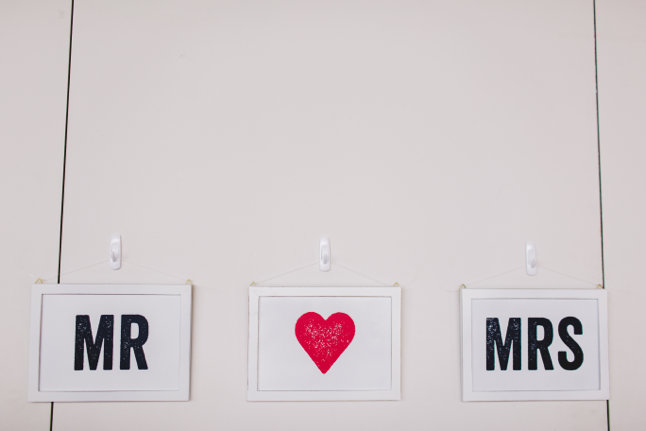
Back in the day, before the internet and blue underlined words meant links to other websites, students were taught to underline the titles of books, magazines, plays, songs, movies, and other titled works. Nowadays, people expect underlined words to be links that take them to even more informative content, so the rules have changed.
Now, in most instances, you italicize book titles, songs, and other full-length works like movies. However, you’ll still find some style guides that require writers to put them in quotation marks. It makes sense to always determine how you’re expected to designate titles of works.
Ultimately, it’s a matter of style and who you’re writing for should tell you the style guide they adhere to, like The Chicago Manual of Style or the AMA Manual of Style. There is no one singular source that governs how to handle titled works. It’s up to you to find out if your source uses the AP guidelines which dictate quotation marks around book titles or another style guide that italicizes.
What if your source doesn’t specify a style guide?
Some publications don’t adhere to one style guide over others. If that’s the case, you can ask the editor what his or her preference is, or you can simply pick one way and stick to it across all articles and content. It’s more about consistency than following a style, so if you italicize a book title on page 12 of your article, you better italicize another book title on page 23 later on.
As a writer, your job is to be consistent so you turn in the most professional looking copy across all fronts. Editors will go through your content and make sure you’re consistently using italics or quotation marks for published works titles, but it makes their jobs easier if they’re only looking for the occasional divergence rather than having to implement the correct style from scratch.
What if a source you’re citing doesn’t italicize published works?
Again, it comes down to consistency. If a source you’re citing doesn’t italicize published works, but you’ve chosen that style for your content, you need to stick with it.
For example, say you’ve researched online sources through your library and are referring to the classic book Gone With the Wind. You’re using italics to designate published works in your content, but the source you’re citing uses quotation marks. Stick with your style choice, not the source’s. In this case, regardless of how the source you’re citing sets published works apart, you’ve used italics, so that’s what you stick with.
Default ways to quote books, plays, articles, songs, etc.
Italicize longer published works. Use quotation marks for shorter works like chapters, articles, poems, etc. Here are a few examples.
We read A Raisin in the Sun in English class this year. (Title of a play.)
The Wall Street Journal article, "NASA Opens Space Station to Tourists and Businesses," is fascinating. (Title of a publication is italicized while an article in it is set off by quotation marks.)
If you haven’t seen Avengers: Endgame, you’re missing one of the best superhero movies out there. (The title of the movie is italicized.)
I thought the chapter, "Why Mornings Matter (more than you Think)," in The Miracle Morning for Writers was the most powerful. (Chapter titles are set off by quotation marks while book titles are italicized.)
Final thoughts
Save underline in your digital content for links to other websites. Don’t confuse readers by underlining book titles as well.
Instead, italicize the titles of published works, and put shorter works in quotation marks. (Unless you’re following the AP Style Guide; they don’t use italics.)
To sum it up, follow the style guide your editor recommends. If he or she doesn’t have a style guide, choose one way and follow it consistently across all your work. Present your most professional work by sticking to a single style; only amateurs are all over the place.

